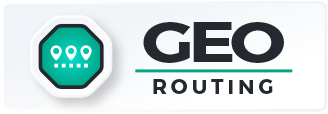- Blog
- Geo Mapping
- Sales Territory Mapping Software: The Key to Higher ROI
Sales territory mapping software is needed in today’s competitive market. Sales teams can’t afford to rely on guesswork when structuring their territories. With the right sales territory mapping software, companies can design efficient routes, balance workloads, and ensure that no customer or region is overlooked. Modern tools transform static spreadsheets into dynamic maps that highlight coverage gaps, inefficiencies, and untapped opportunities. This shift not only improves sales performance but also creates cost savings that directly impact ROI. By investing in territory optimization, organizations gain a clear advantage over competitors still struggling with outdated methods.
Why Sales Territory Mapping Software Drives Performance
Sales territory mapping is more than just drawing boundaries on a map—it’s about aligning sales coverage with business strategy. When sales teams know exactly which areas to focus on, they can prioritize high-value accounts and manage customer relationships more effectively.
By visualizing territories, managers can avoid overlaps that waste resources and spot underserved regions that represent new revenue. A data-driven approach to territory design helps improve efficiency, motivates reps with fair workload distribution, and ensures customers receive consistent service. Over time, this directly contributes to stronger pipelines and improved ROI.
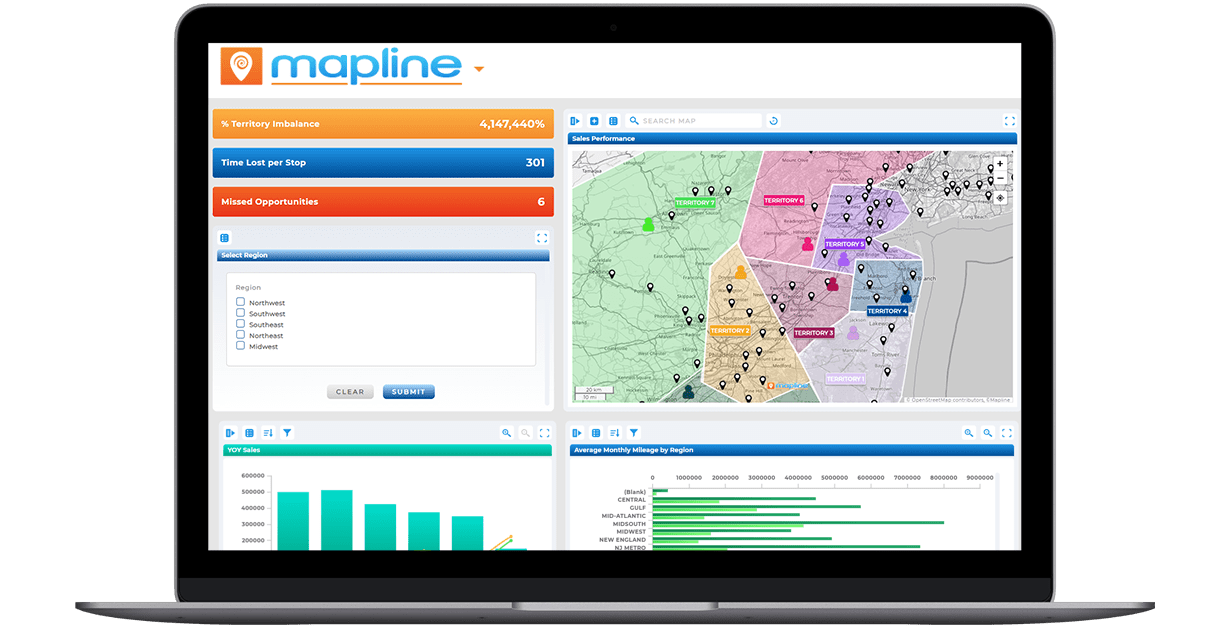

Pro Tip: Sales territory mapping isn’t just about coverage—it’s about efficiency. By combining geographic data with sales performance metrics, you can identify exactly where reps should focus and ensure no opportunity falls through the cracks. Ready to see how it works? Explore Geo Mapping to learn more.
Benefits of Using Sales Territory Mapping Software
Sales territory mapping software takes traditional mapping to the next level by adding automation and analytics. Instead of manually adjusting spreadsheets, managers can auto-generate territories from location data, ensuring balance based on criteria like revenue, customer count, or travel time. Teams benefit from visibility into which regions are profitable and which need attention. The ability to adjust boundaries in real time makes it easier to respond to market changes without costly delays. As a result, businesses gain agility, reduced costs, and improved customer satisfaction—all critical drivers of ROI.
Balanced Workloads Across Sales Teams
One of the biggest challenges for sales leaders is ensuring workloads are evenly distributed. Mapping software makes it easy to assign territories based on factors like geography, customer count, or potential revenue. When workloads are balanced, reps are more motivated and less likely to feel overwhelmed. This also creates a fairer system where every rep has an equal chance to hit their targets. Over time, balanced workloads translate into stronger team performance and higher overall productivity.
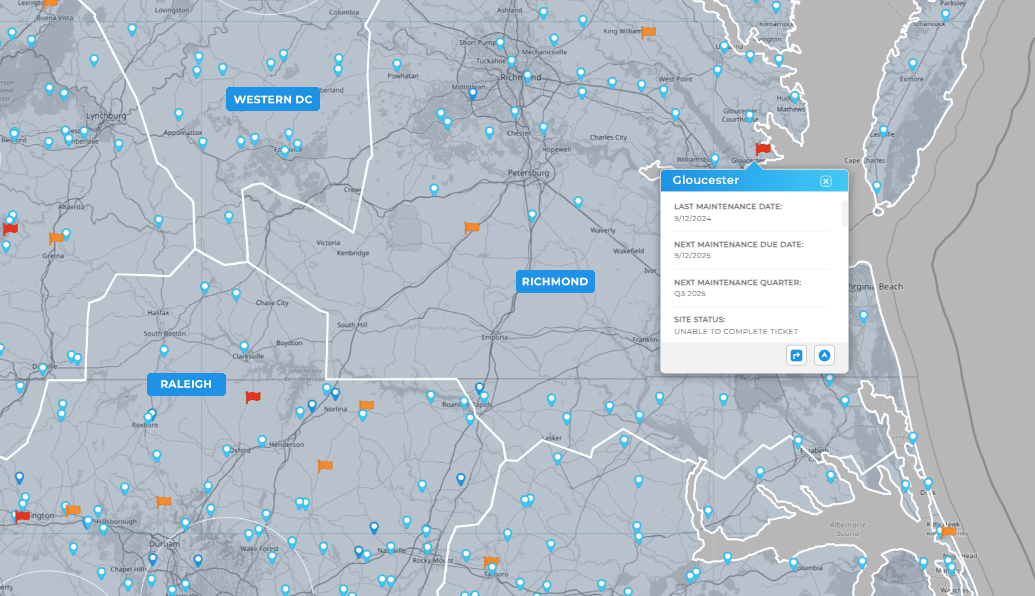
Reduced Travel Time and Expenses
Travel inefficiency is one of the hidden costs that eats into sales ROI. With mapping software, managers can design territories that minimize unnecessary driving and ensure reps focus on high-value opportunities within their assigned area. Shorter routes mean less fuel consumption, reduced vehicle wear, and fewer unproductive hours on the road. These savings quickly add up, improving both the bottom line and employee satisfaction. By cutting wasted travel, businesses can reinvest those resources into growth.
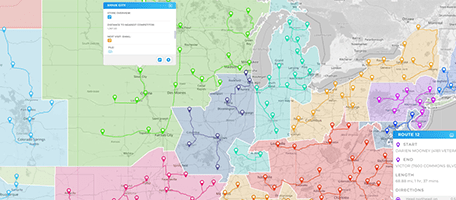
Better Visibility Into Market Coverage
Without mapping tools, it’s easy for customer segments or regions to slip through the cracks. Sales territory mapping software provides a clear visual of which areas are covered and which aren’t, making it simple to identify gaps. This visibility allows companies to expand into new territories strategically while avoiding overlaps that create inefficiency. By seeing exactly where opportunities exist, sales teams can take a proactive approach to market penetration. This improves both customer acquisition and retention.
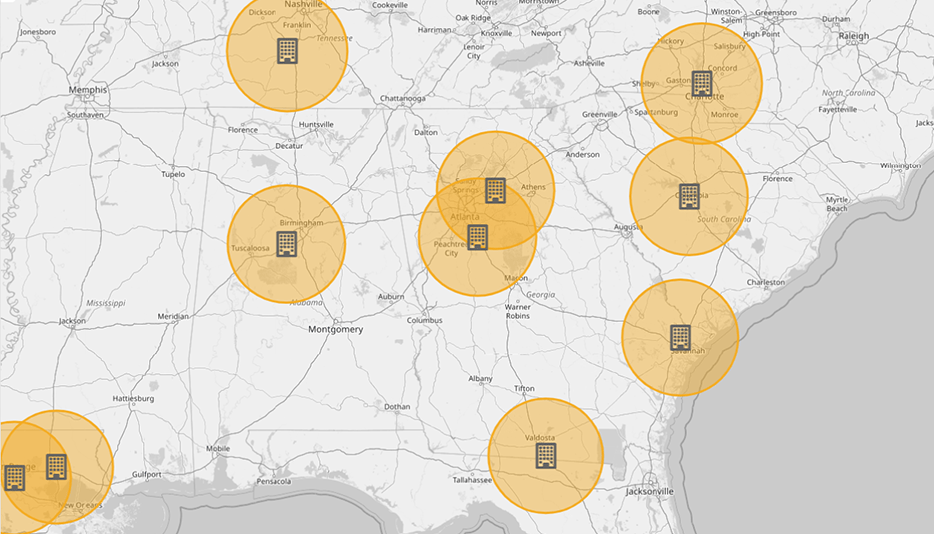
Real-Time Flexibility to Adjust Boundaries
Markets change quickly, and sales territories need to keep up. With mapping software, managers can adjust boundaries on demand when new reps are hired, customers shift locations, or new competitors enter the market. Real-time updates ensure territories always reflect current conditions, which keeps sales teams agile. Instead of waiting weeks or months to roll out new plans, companies can adapt in minutes. This flexibility is a major advantage in industries where speed and responsiveness drive success.
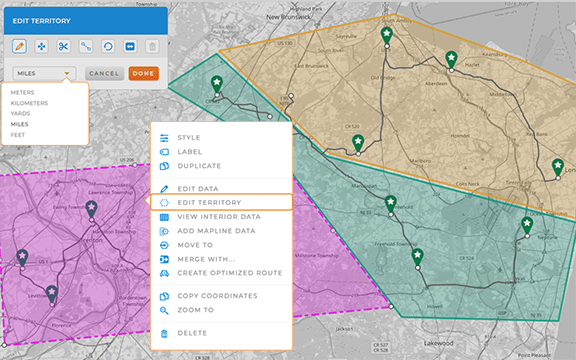
Improved Customer Relationships
When territories are well-defined and optimized, customers receive faster, more consistent service. Reps spend less time traveling and more time building relationships, which directly impacts satisfaction and loyalty. Customers also appreciate having a single point of contact who understands their needs rather than being bounced between multiple reps. Over time, these stronger relationships lead to higher retention rates and repeat business. By aligning territory design with customer expectations, companies build trust and strengthen their brand.
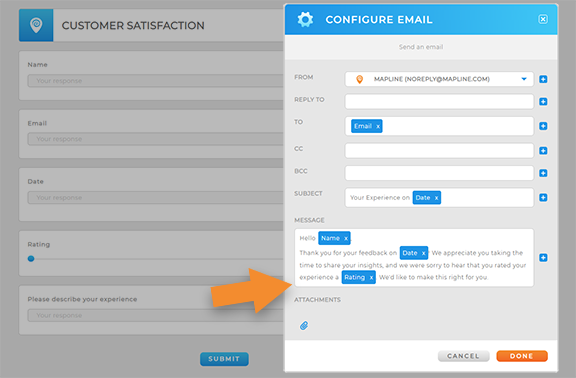
How to Get Started with Territory Creation
Getting started with territory creation is easier than many teams realize. All it takes is uploading your existing customer or rep data, plotting it on a map, and applying rules that reflect your business goals. Once the territories are generated, you can refine them by adding boundaries, merging areas, or segmenting customers by category. With these tools, managers can quickly create fair and efficient territories that match staffing levels and market demand. The simplicity of setup allows organizations to move quickly, avoiding the long ramp-up times often associated with new software.
Upload Your Existing Data
The first step in creating territories is to bring in the data you already have—such as customer lists, sales rep assignments, or revenue figures. Once uploaded, this data is instantly transformed into visual map pins, giving teams a clearer picture of their footprint. Seeing customer locations on a map often reveals inefficiencies that are hidden in spreadsheets. This visual clarity forms the foundation for building accurate and effective territories. It also ensures that decisions are grounded in actual business data rather than guesswork.
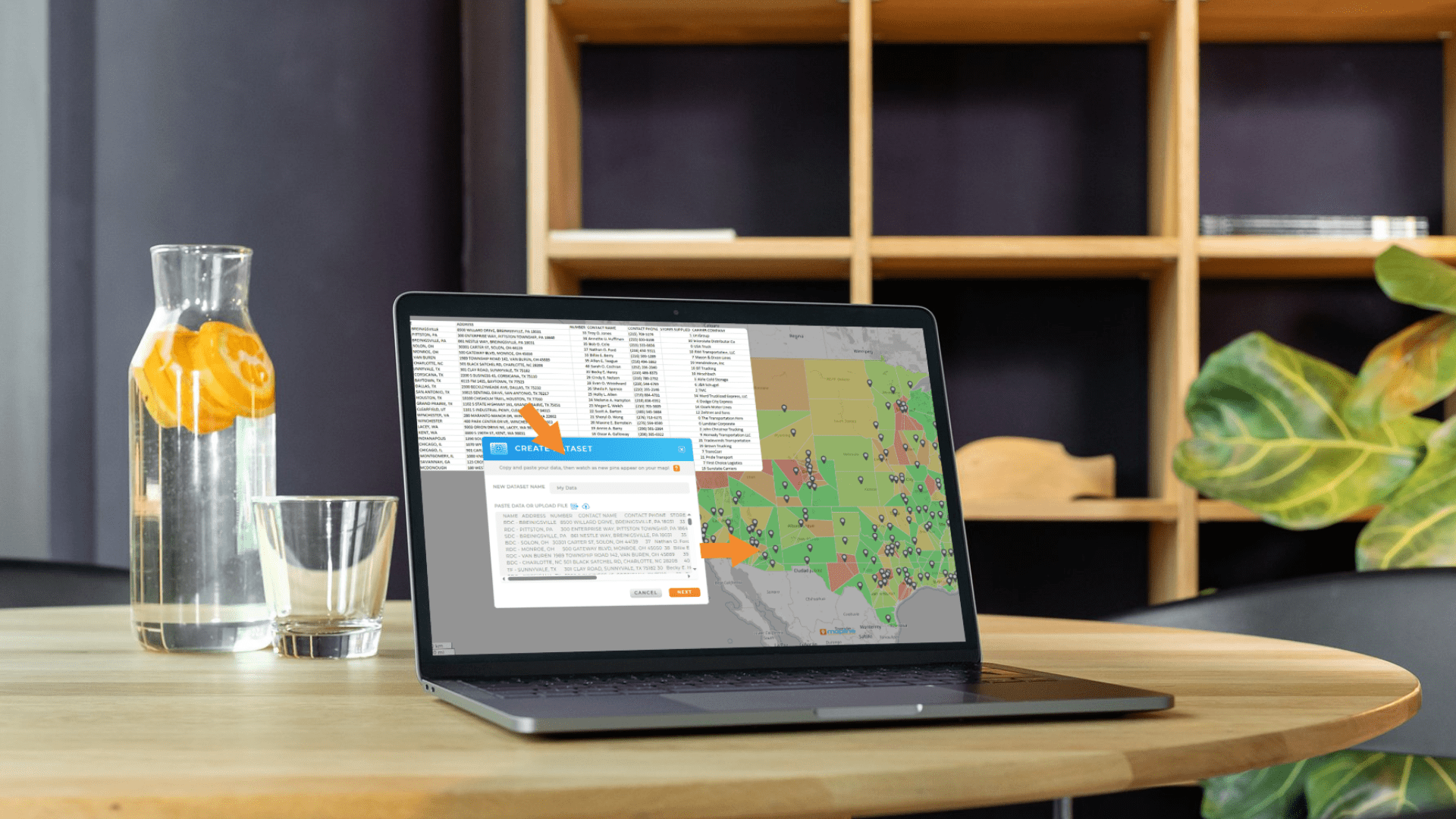
Plot and Visualize Coverage Areas
After uploading data, teams can quickly plot coverage areas to see where their sales reps are already active and where gaps exist. Visualization makes it easier to identify regions that are overserved, underserved, or completely unassigned. This step ensures every potential customer is accounted for and no region is overlooked. It also highlights natural geographic groupings that can serve as the basis for territory boundaries. By starting with a visual overview, teams can make smarter, more balanced assignments.
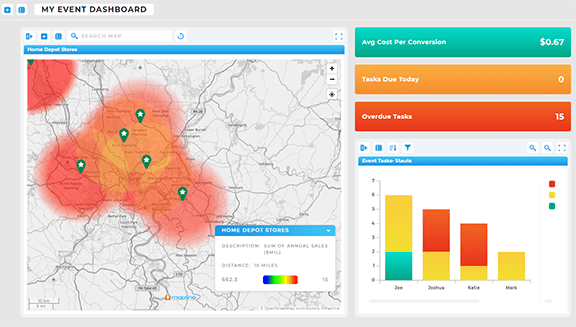
Apply Rules for Balanced Territories
Once data is visualized, managers can apply rules to generate territories automatically. These rules might include customer count, revenue potential, or travel distance, depending on the company’s priorities. Automated territory creation ensures that workloads are evenly distributed across reps and that no single area is disproportionately burdened. This approach also reduces bias, since decisions are based on consistent criteria rather than manual judgment. Balanced territories not only boost rep performance but also improve fairness and morale across the team.
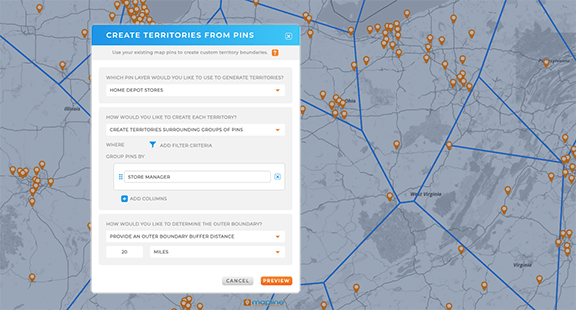
Refine with Custom Boundaries and Adjustments
Even after territories are auto-generated, managers often need to make refinements. Tools for adding custom boundaries, merging smaller regions, or splitting oversized ones give teams the flexibility to match territories to real-world conditions. Adjustments can account for local geography, staffing levels, or competitive presence in specific areas. This level of control ensures the final territories are practical as well as strategic. The ability to fine-tune on the fly is what turns a good territory plan into a great one.
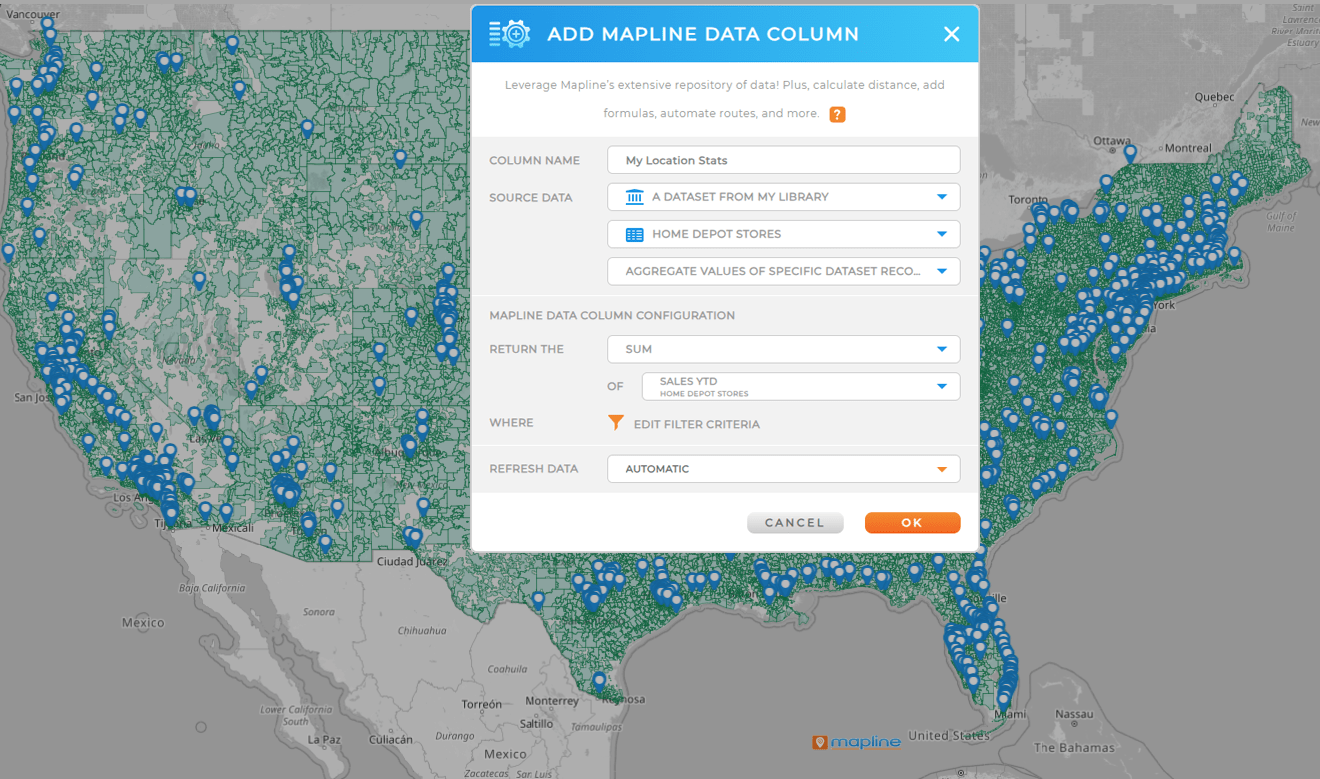
Segment Customers for Greater Precision
Beyond geographic boundaries, teams can also segment customers by categories such as industry, revenue tier, or account size. This segmentation allows reps to specialize and focus on the customers most aligned with their expertise. It also makes it easier to track performance across different customer groups and adjust strategies accordingly. By layering segmentation on top of geographic territories, companies achieve greater precision in resource allocation. This combination of geography and segmentation creates territories that are not only balanced but also strategically aligned with business goals.
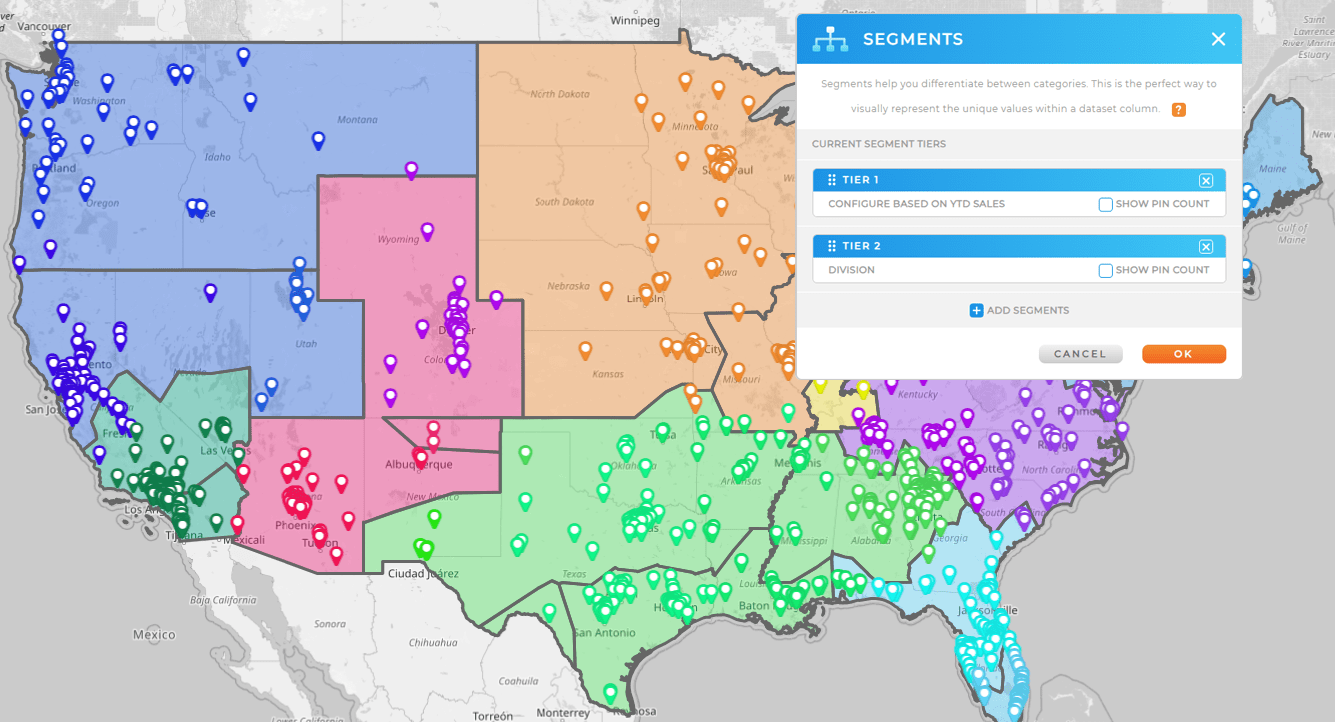
The Best Sales Territory Mapping Tools
Not all platforms offer the same level of depth when it comes to sales territory design. Some provide only basic drawing capabilities, while advanced mapping platforms allow for demographic overlays, drive time analysis, and automated optimization. The true value of territory mapping software is best measured in real-world results. Leading companies across industries have used sales territory mapping tools to cut costs, boost productivity, and scale without adding headcount. These success stories show how the right tools transform sales performance and drive measurable ROI.
Territory Optimization for Long-Term Growth
Territory optimization goes beyond initial setup—it’s an ongoing process that ensures territories evolve with your market. Sales leaders can analyze performance data to adjust boundaries, add or remove reps, and identify new opportunities. This adaptability keeps sales strategies aligned with customer demand, reducing wasted effort and improving productivity. Over time, optimized territories lead to higher close rates, better customer satisfaction, and sustainable revenue growth. In other words, territory mapping isn’t just about drawing lines on a map—it’s about building a smarter, more resilient sales organization.
Samsung — Using Sales Territory Mapping Software to Build Smarter Territories
Samsung managed more than 440 territories and 21,000 customer visits, but their reps were spending 40% of their time on the road. By adopting sales territory mapping tools, they cut unnecessary drive time dramatically. The result was a 25% decrease in operational costs (saving $8.8 million), while customer visits rose by 50% to 31,000. Even more impressive, 80% of their reps reduced drive time to under 30%, with over half bringing it below 25%.
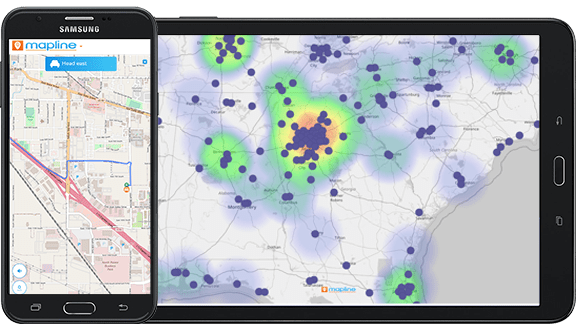
Scooter’s Coffee — Saving Millions Through Optimization
Scooter’s Coffee turned to territory mapping to solve a persistent problem: inefficient routes and costly store expansion errors. With advanced mapping, the company saved 47% in operating costs in a single quarter. Fulfillment errors that had drained resources were eliminated, and expansion planning became more strategic. Using location intelligence, Scooter’s Coffee identified ideal sites for new stores, cutting risk and improving profitability.

Insulators — 415% Growth in Sales Visits
A major insulation supplier ran into a bottleneck during sales blitz campaigns, with reps completing just 200 visits in several weeks. With sales territory mapping tools, they reorganized rep coverage and optimized visit planning. The same staff and resources went on to complete 1,400 visits in only eight days—a 415% increase. By matching reps to the right areas and eliminating wasted travel, they multiplied productivity without increasing costs.
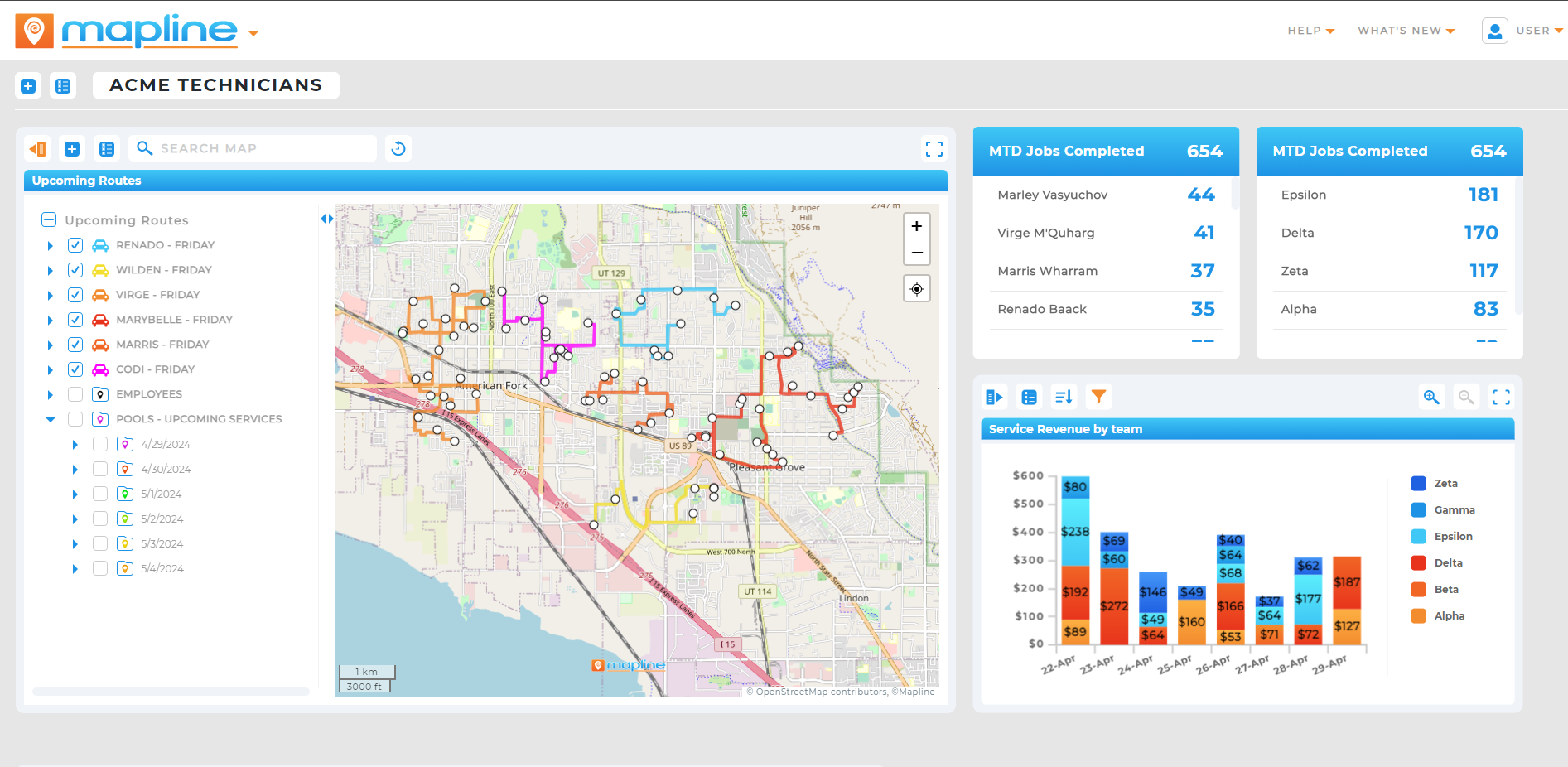
Choose the Best Sales Territory Mapping Software Today
Stories like these highlight why investing in the best sales territory mapping tools isn’t optional for growth-focused companies. Lightweight mapping apps can plot points, but they don’t deliver the automation, optimization, and intelligence that drive results at scale. When enterprises need to cut millions in costs, multiply sales visits, or plan expansions with precision, only advanced territory mapping software makes it possible. The right platform doesn’t just draw boundaries—it builds the roadmap for sustainable growth.
Sales territory mapping software helps businesses design, visualize, and manage territories for their sales teams. It uses location data to create balanced regions that improve coverage and maximize efficiency.
By ensuring sales reps cover the right areas, businesses reduce overlap, minimize wasted travel, and uncover new opportunities. The result is higher productivity and stronger revenue growth.
Absolutely. Even small teams struggle with inefficiencies when territories aren’t clearly defined. Mapping tools provide visibility and structure that helps maximize limited resources.
Key features include automated territory generation, demographic overlays, distance calculations, and customizable reporting. These capabilities make it easier to optimize territories for maximum impact.
Territories should be reviewed regularly, especially when new reps are hired, customer bases shift, or markets expand. Frequent updates help keep territories aligned with business goals.







